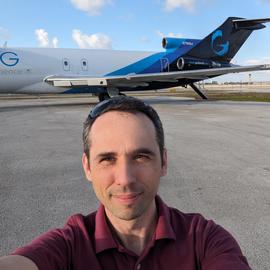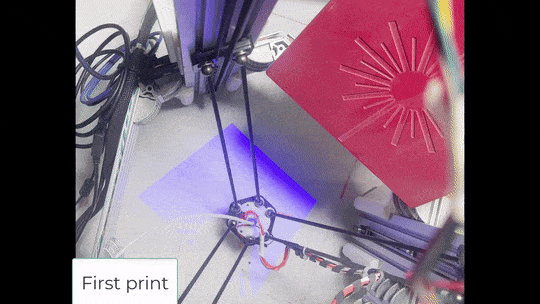Additive manufacturing provides flexibility that will make it indispensable for future Lunar-based manufacturing and construction. We have successfully 3D printed parts from a composite of space-grade Polyether Ether Ketone (PEEK) with 50% w/w Lunar dust simulant, from filaments fabricated in-house. This is a significant step toward reducing the costs (driven by launch mass) of long-term Lunar exploration by integrating use of local resources. We have also developed a mobile 3D printing system that enables precise manufacturing of large-scale parts using small mobile robots, further reducing required launch masses.
Li J*, Aubin-Fournier PL*, Skonieczny K. (2021). SLAAM: Simultaneous Localization And Additive Manufacturing. IEEE Transactions on Robotics. 37(2): 334 - 349.
Azami M*, Kazemi Z, Moazen S, Dubé M, Potvin, MJ, Skonieczny K. (2024). A Comprehensive Review of Lunar-based Manufacturing and Construction. Progress in Aerospace Sciences.
Azami M*, Aubin-Fournier PL, Skonieczny K. (2024). Additive manufacturing of polyether ether ketone (PEEK)/Lunar regolith composites via fused filament fabrication. ASCE Earth & Space. Miami, USA.

Concordia University's Aerospace Robotics Lab
Research interests include: Space robotics, Planetary rovers, Robot mobility, Vehicle-terrain interactions, Advanced 3D printing techniques, Robotics excavation & construction, Reduced gravity experimentation, Computer vision and machine learning for robotics applications.
